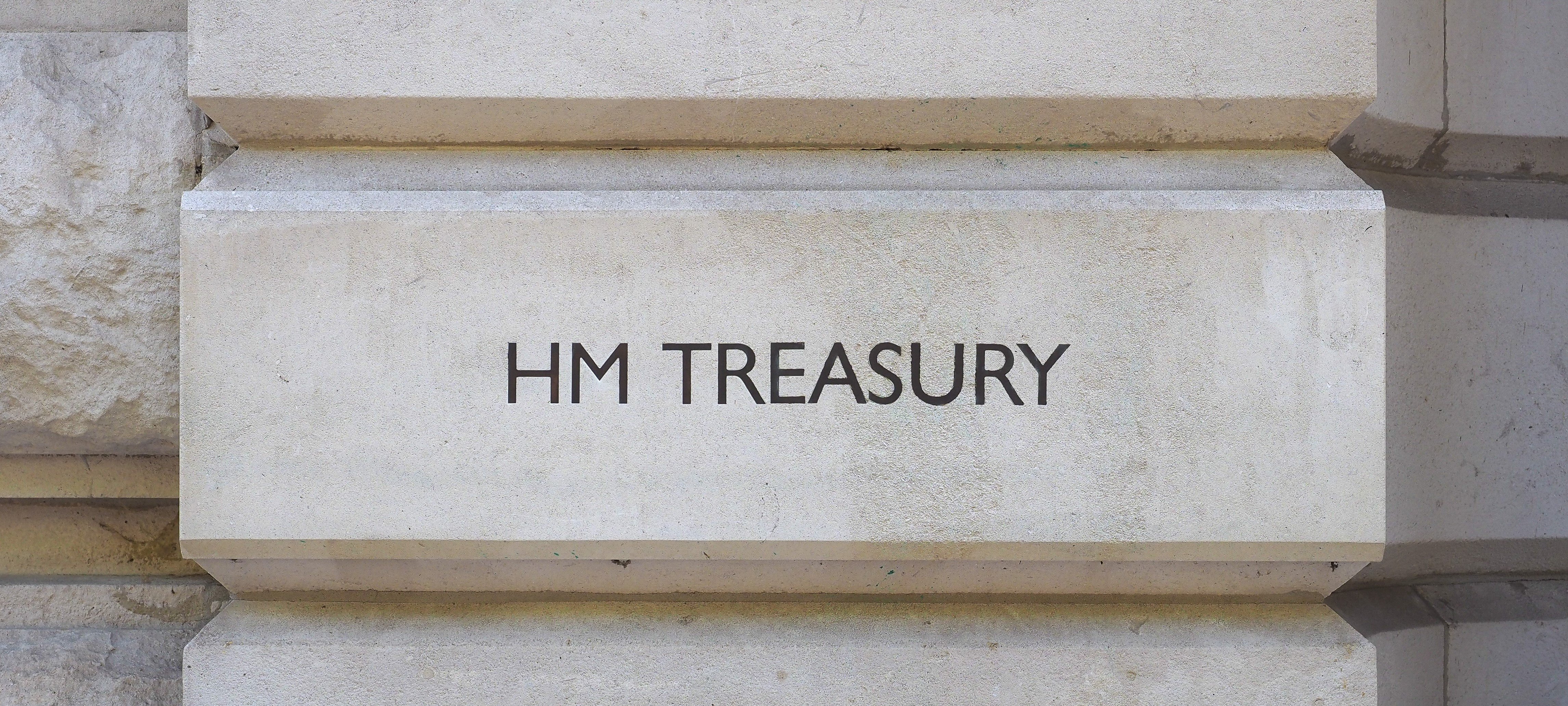The October 2024 Budget: What It Means for Investors
On Wednesday 30th October, the Chancellor unveiled the Autumn Budget, setting the stage for the UK’s financial outlook in the coming year. With various changes that could significantly impact investors, it's crucial to dissect the implications of these fiscal decisions.
In this blog, we’ll focus first on the key changes affecting investors, touch on other notable budget points, and conclude with a strategic overview of how to navigate this increasingly high-tax environment.
Key Changes Affecting Investors in the October 2024 Budget
The October 2024 Budget introduces several critical tax adjustments impacting investors, from capital gains and income tax to inheritance tax, signalling an increased need for strategic financial planning.
Capital Gains Tax Changes
The October Budget saw increased capital gains tax (CGT) rates, effective from 30 October 2024. Main rates have been adjusted to 18% for standard rate taxpayers and 24% for higher rate taxpayers, up from the previous 10% and 20%. Notably, residential property rates remain unchanged, providing some respite for landlords, though for trustees, the main CGT rate lifts from 20% to 24%.
The rate for business asset disposal relief (BADR) - previously known as Entrepreneurs' Relief - and investors’ relief will also increase to 14% in April 2025, then again to 18% in April 2026. While the lifetime limit for BADR remains at £1,000,000, the investor's relief limit has been significantly cut from £10,000,000 to £1,000,000, representing a massive 90% decrease.
Income Tax
Although the chancellor avoided increasing income tax rates directly, the freeze on personal allowances causes fiscal drag and essentially acts as a stealth tax. With the thresholds remaining static, rising wages will push more income into higher tax brackets, reducing disposable income for many investors.
Furthermore, for those individuals in fund manager roles, the tax rate on carried interest will rise to 32% from 6th April 2025, with additional reforms in April 2026 that will potentially classify carried interest as trading profits, resulting in an effective tax rate of 34.075%.
Inheritance Tax (IHT) Changes
The inheritance tax (IHT) threshold remains fixed at £325,000 until April 2030, complemented by a residential nil-rate band of up to £175,000, allowing a total tax-free allowance of £500,000 (or £1 million for couples). Once again, the freezing of these thresholds will undoubtedly increase public revenue as property values increase and more estates become liable for IHT, underscoring the importance of proactive estate planning.
From April 2026, changes will impact business and agricultural relief, maintaining 100% relief on the first £1 million of combined property, but now 50% relief on amounts exceeding this threshold. The government will also reduce the rate of business property relief available to 50% for shares designated as unlisted on markets of recognised stock exchanges.
A pivotal change for pensions is the removal of the IHT exemption starting 6 April 2027. Now, if an individual passes away at, or after, 75, withdrawals by beneficiaries will incur income tax at their marginal rate, potentially leading to taxes of up to 67%.
Other Notable Changes from the October 2024 Budget
Beyond the implications for investors, the October Budget addressed several other pivotal areas:
- NHS and Education Funding Enhancements: the government has pledged substantial increases in funding for healthcare and education, aiming to elevate public service standards. While this commitment promises significant improvements, it may also necessitate additional tax adjustments in the future to sustain these investments.
- National Wealth Fund Initiatives: The budget also spoke of the National Wealth Fund, targeting £70 billion in investments to boost infrastructure and economic growth. Led by Finance Minister Rachel Reeves, the fund focuses on future industries like gigafactories and green hydrogen, supporting the clean energy transition. With a flexible approach and collaboration with industry partners, it aims to accelerate growth and unlock opportunities for investors primarily in transformative sectors.
- Support for Business and R&D: new incentives have been outlined for businesses engaged in research and development, particularly within the technology and sustainability sectors. These incentives are poised to create lucrative investment opportunities for those eager to back cutting-edge innovations whilst driving progress in our most transformative industries.
Final Note
Strategic Investment Planning in a Higher-Tax Environment
As the Budget reflects a notable trend towards increased taxes and more stringent fiscal measures, the importance of strategic investment planning has never been more important. For investors, particularly those impacted by the recent changes, adapting your investment strategy is crucial.
The Enterprise Investment Scheme (EIS) more than ever stands out as an effective way to address some of these tax increases. Offering income tax relief and CGT-free growth, the EIS provides significant advantages in a high-tax environment. The ability to defer capital gains tax further enhances its appeal, making it an essential consideration for sophisticated investors seeking to optimise their portfolios.
For individual investors, the EIS has likely ascended the list of investment wrappers worth considering thanks to the recent Budget. With CGT-free growth becoming more appealing and CGT deferral gaining value in a higher-tax world, the scheme offers compelling benefits. Coupled with the 30% upfront income tax relief, EIS presents a strategic opportunity for investors to explore. Should the Budget stimulate significant inflows, it could also benefit British start-ups, helping them secure additional funding to drive further growth.
As we move forward from this Budget, a proactive approach to investment strategy—especially incorporating EIS—could be essential for safeguarding your financial future and maximising the tax efficiency of your investment portfolio.
%20(3)%20(2).jpg)







